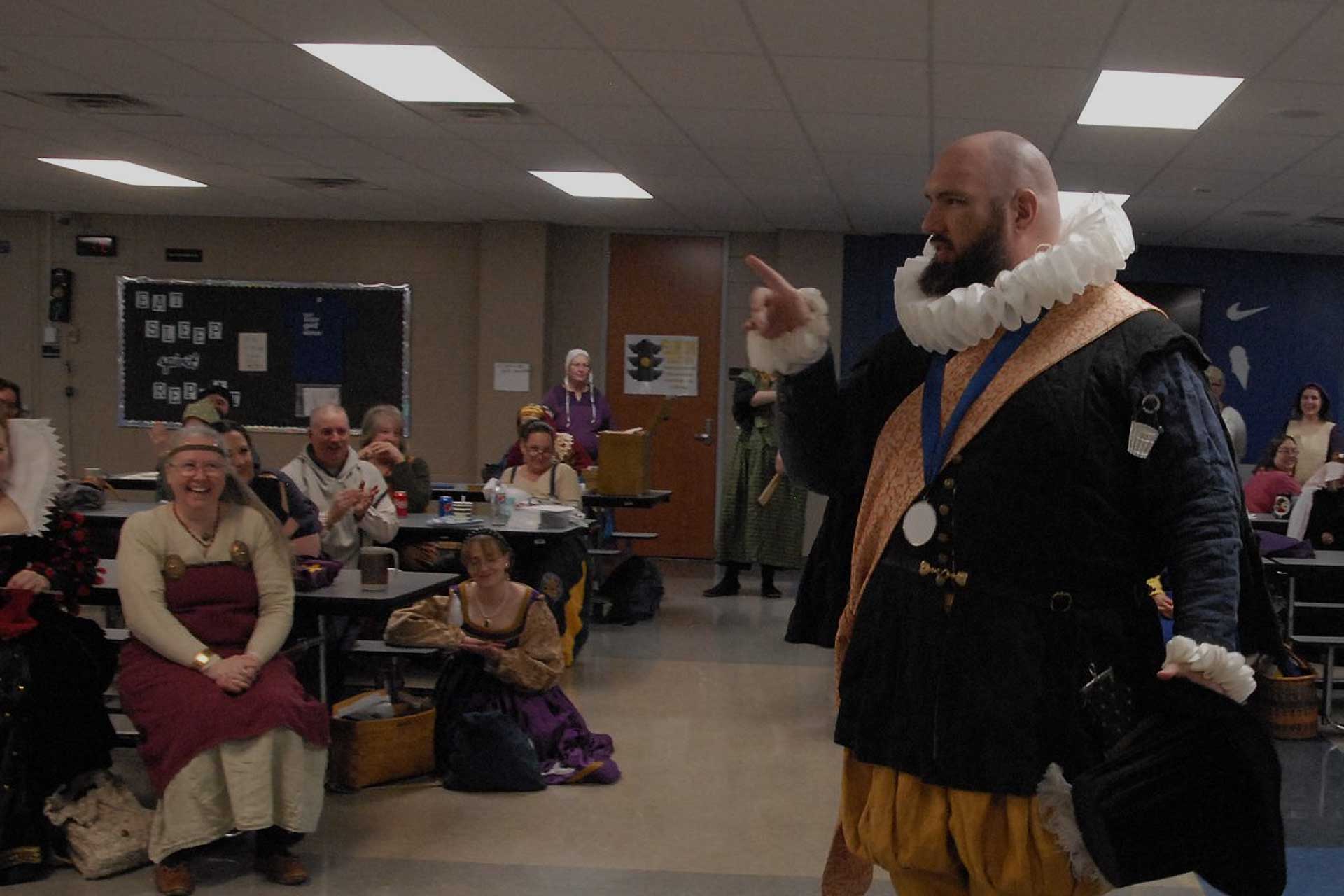
About this Project
When we think of Dutch and Flemish history, it's usually of the Golden Age—masterpieces by Rembrandt and Vermeer or a vast trading empire. Or, the late medieval glories of Burgundy and the great cities of Antwerp, Bruges, and Ghent.
Here you'll find compelling stories set between these two better-known eras: a war that births a republic, remarkable art and culture, a flourishing of religious and scholarly thought... and a legacy of very questionable fashion choices.
I’m Will, a history geek from the United States, and this site—plus accompanying Facebook page—is the result of a strange rabbit hole I’ve fallen into. What began with a love of maps and a passing reference to the “Dutch Revolt” in a book about the American War for Independence has unexpectedly yet inexorably lead me to a wider, deeper interest in the Renaissance-era Low Countries.
For the past several years, I’ve been diving deep into the historical anthropology of this era. This has chiefly been to sate my own ravenous curiosity with a practical application as a member of the Society for Creative Anachronism (that remarkable and curious hybrid of historical cosplay meeting living history), where I’m known as Jonkheer Hugo van Harlo.
But as I’ve learned more, I’ve become increasingly convinced these are stories deserving to be told—and better known to English language audiences.
I’m not a professional historian, but I am committed to getting it right—with academic sources (primarily in English as I continue to improve my Dutch), understanding the historiography, and with great respect to the many scholars doing the real work of research.
If you have questions, feedback, or corrections, please email me at Will@RenaissanceNetherlands.com.
Getting Started
If You’re New to the Time and Place, Here’s a Primer
If you’re not familiar with the Renaissance Netherlands (and most of us aren’t), then the many names of people and places will be confusing and lack context. What even do I mean by Netherlands? The modern country? Well yes, but actually no.
The fact is the Low Countries were a mish-mash of territories, rulers, and cultures through the medieval period. What began in c. 1500 with the Habsburg ambition to unify these disparate lands transformed—quite unexpectedly to all involved—into civil war and a breakaway state as the northern provinces established the Dutch Republic. Through all the political and military turmoil, people went on living their lives—either as refugees or under the threat of war and pillaging. The continued to be art, culture, education—and no small amount of religious turmoil, as well.
Where are the Low Countries?
The historic Netherlands go beyond the modern country and included lands and cities now in Belgium, Luxembourg, and parts of northern France and northwest Germany.
When Was this Renaissance Era?
The provinces were first united in 1549. Over the next seventy years, the north would declare independence and a distinct Dutch national identity would begin to develop.
Who Were the Key Figures?
Foreign kings and queens—and their agents—were just as influential as the local nobility and statesmen in shaping the future of the Low Countries.
